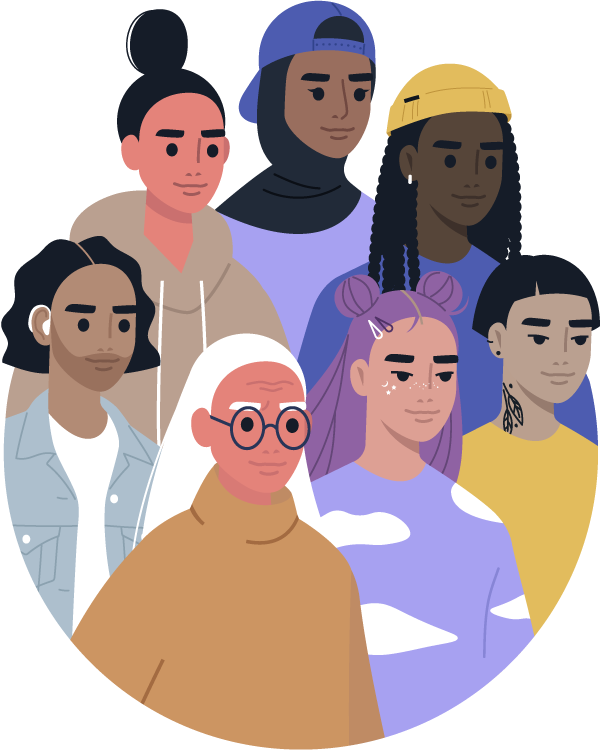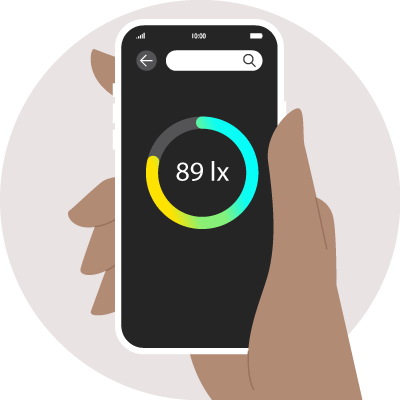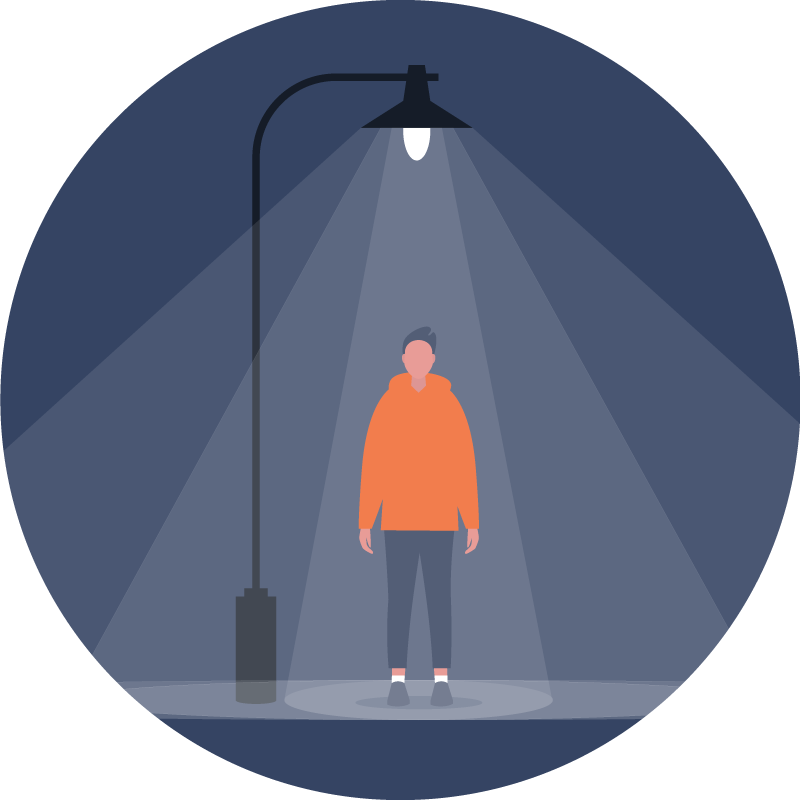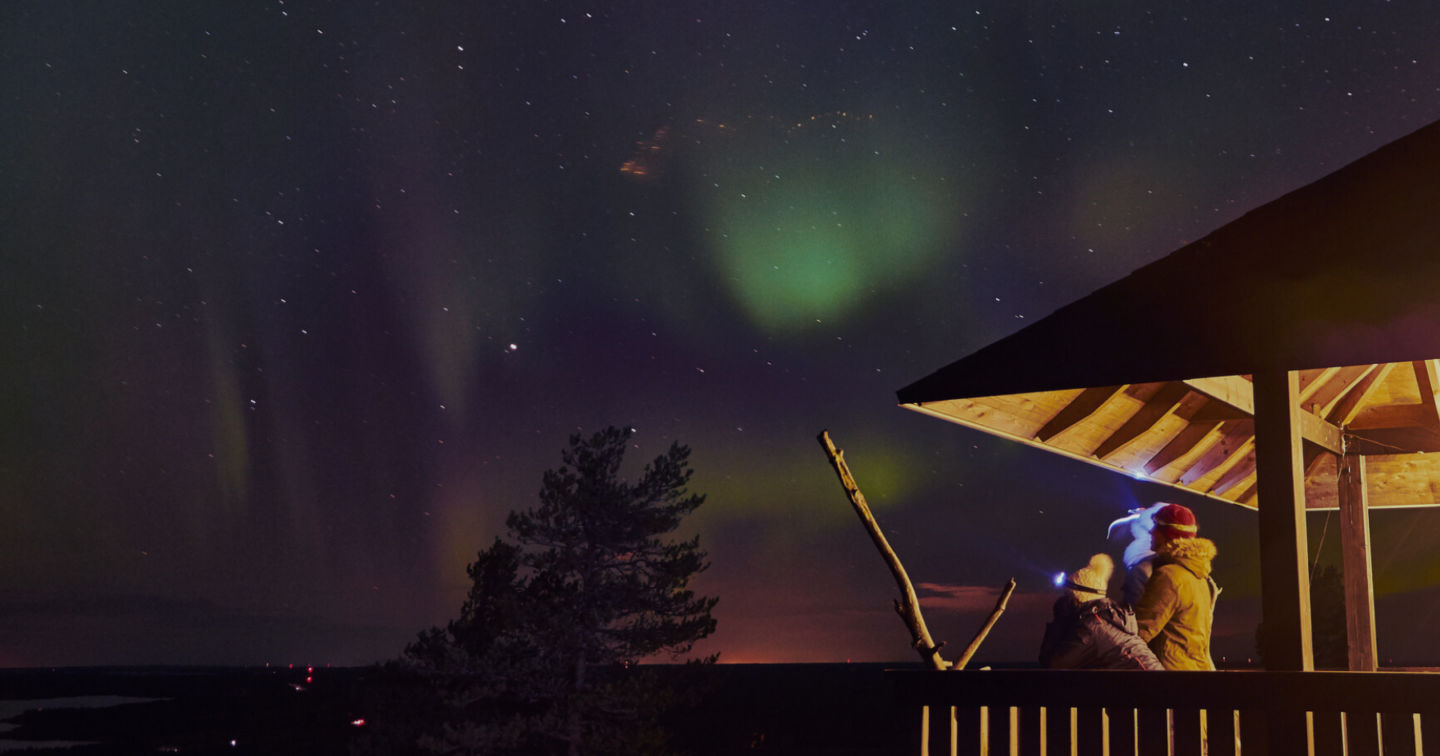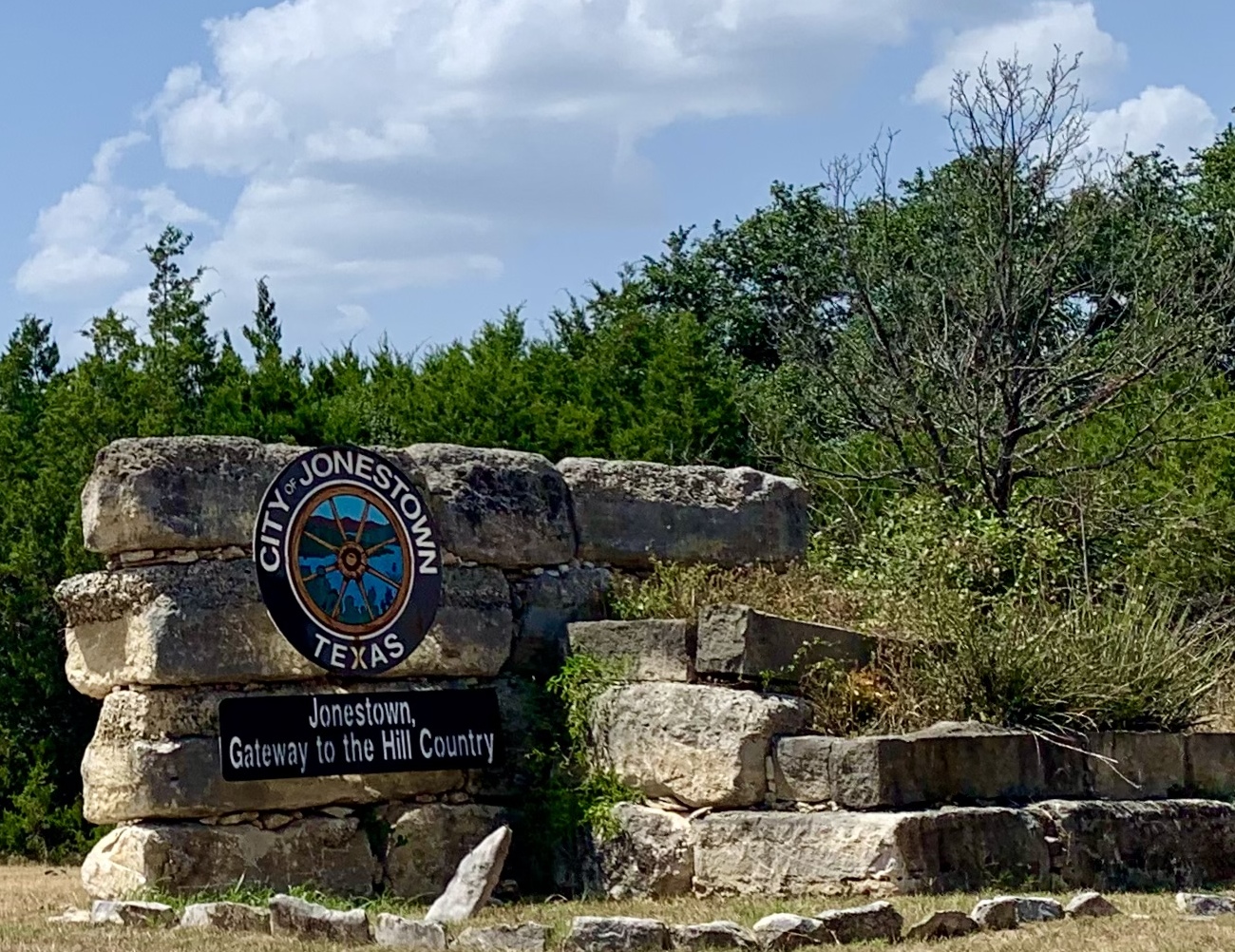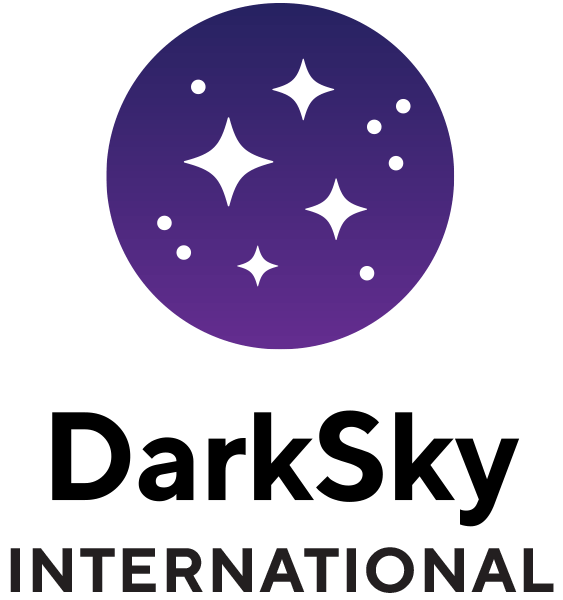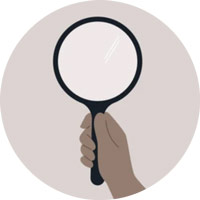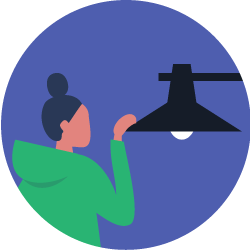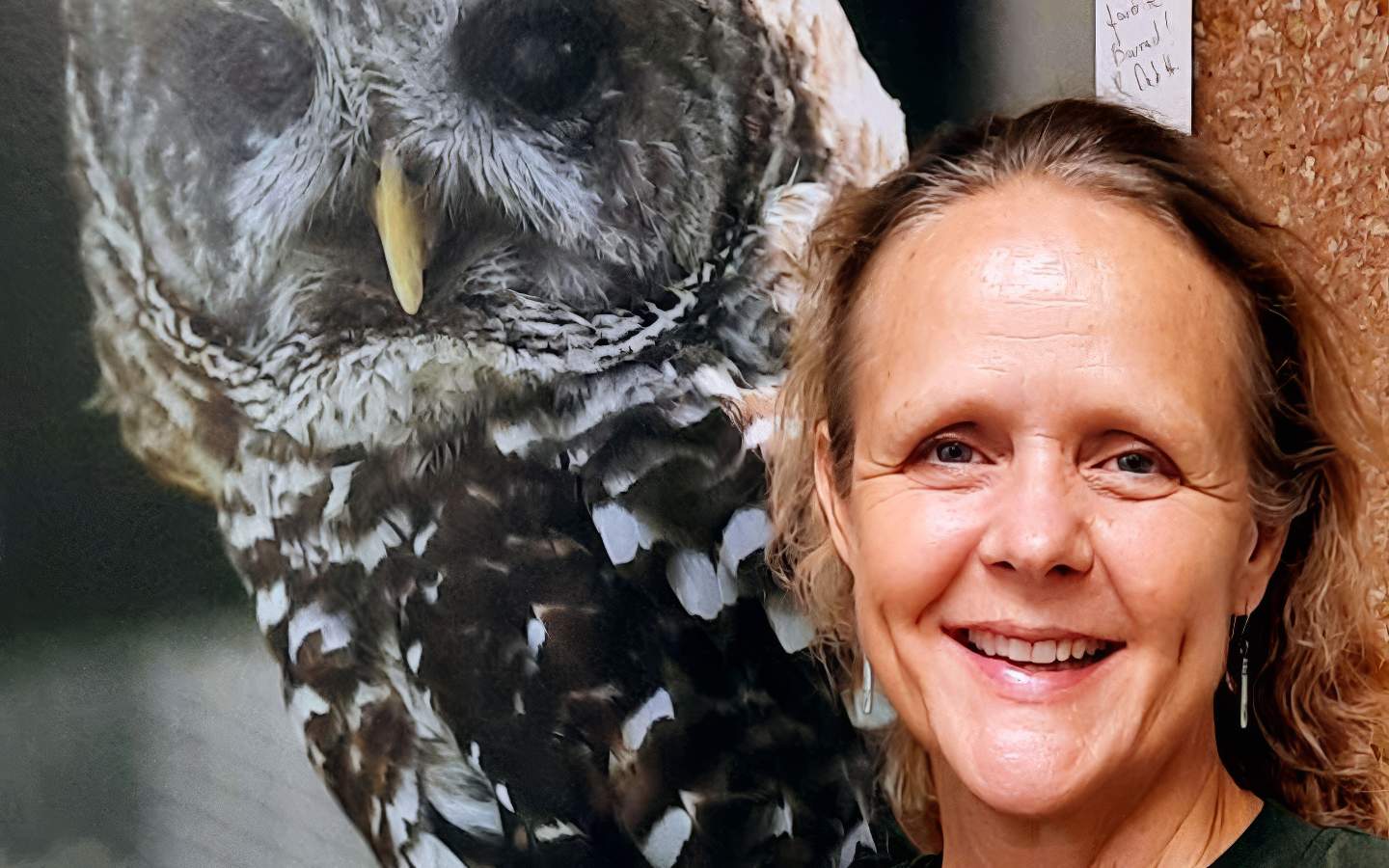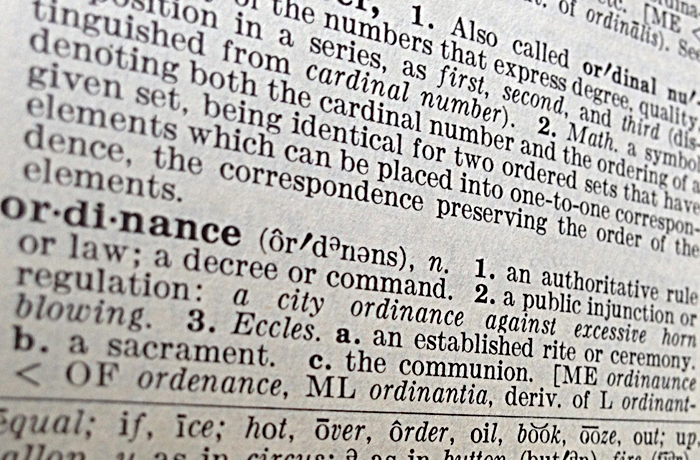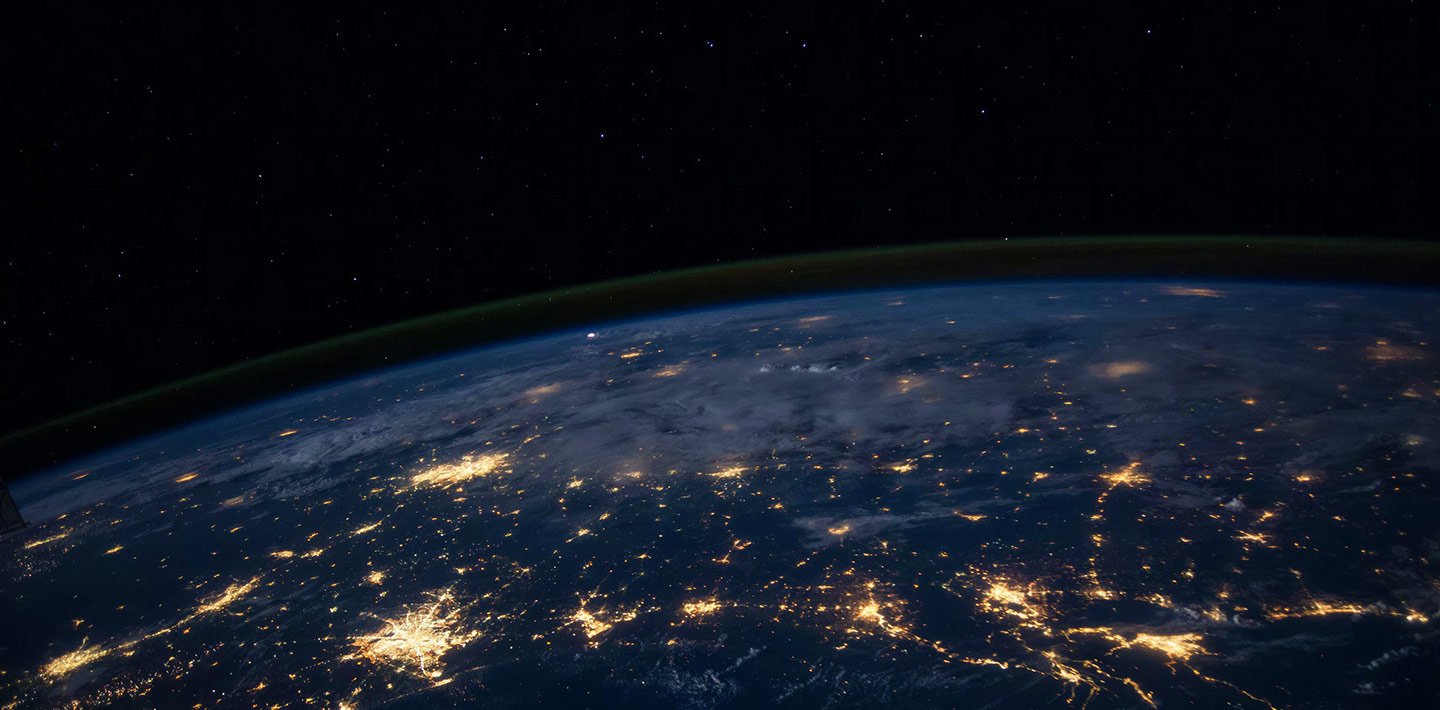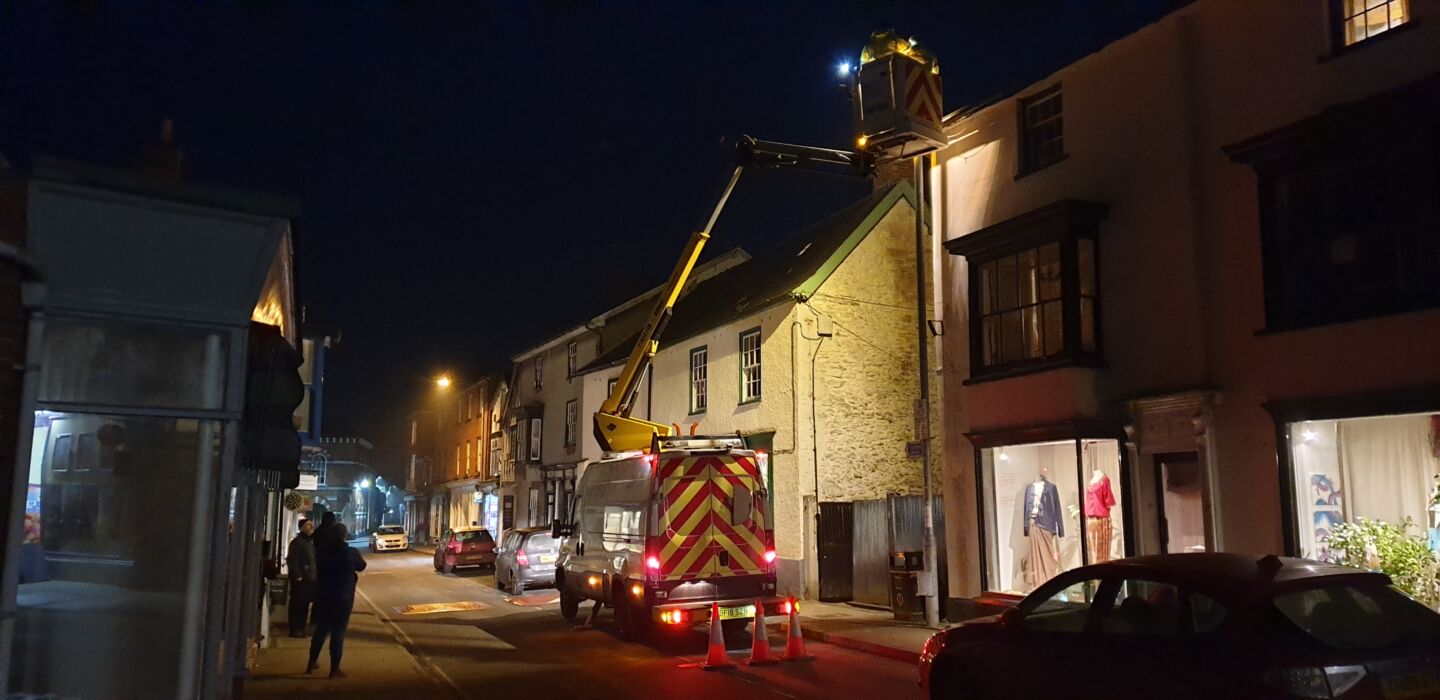
From shielding to building codes: Leo Smith is a Star
Leo Smith, Chair of DarkSky Connecticut Chapter, is working strategically to protect the night across the US by integrating dark sky lighting principles into national building codes.
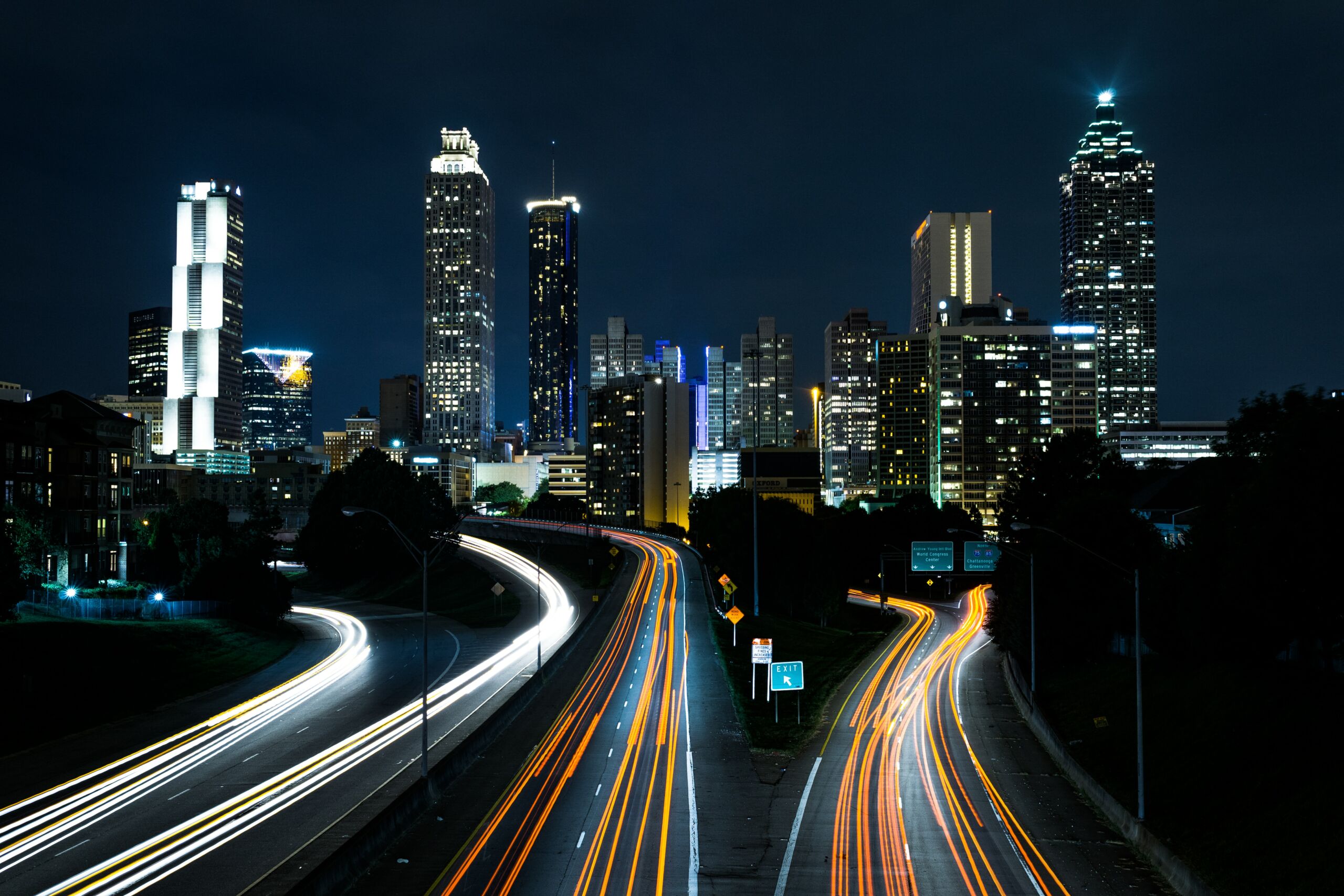
Each month we feature a DarkSky Advocate from the worldwide network of volunteers who are working to protect the night.
Leo Smith, Chair of the DarkSky Connecticut Chapter, is a strategic leader working to build momentum for dark sky protection across the United States. As a longtime dark sky advocate who is well-versed in public policy and lighting regulations, Smith is equipped with the tools and experience to make a meaningful impact.
Smith first got involved in the dark sky movement in 1999, when the 50-acre turf farm behind his family’s rural Connecticut home was sold to a developer. When he learned that the field was about to be divided into lots for high-end homes, Smith worried about the potential glare from the lighting of these new homes. He approached the developer with his concerns and they ultimately worked together to design lighting fixtures that would shield the glare. In the course of his research, Smith discovered DarkSky (then known as the International Dark-Sky Association) and joined the organization’s network of DarkSky Advocates.

In 2001, Smith worked to help pass legislation in Connecticut to require shielding for street lights. He also served on the Model Lighting Ordinance Task Force, a joint project between DarkSky and the Illuminating Engineering Society. Over a seven-year period, the task force developed national recommended practices for outdoor lighting. In 2006, he became the Northeast Regional Director for DarkSky, where he continued to build and leverage protection for dark skies through lighting policy.
Today, Smith is dreaming big and shooting for the stars. His goal is to protect the natural nighttime environment across the United States through national regulation — and he has a strategy to do it. Rather than protecting the dark one town at a time through ordinances, Smith plans to bring dark sky amendments to the International Energy Conservation Code (IECC). Established by the International Code Council, the IECC establishes the minimum design and construction requirements for energy efficiency for residential and commercial buildings. The guidelines are updated every three years and are currently subscribed to by 47 states in the U.S.. Integrating dark sky lighting principles into the already widely-accepted building codes has great potential for addressing light pollution on a large scale.
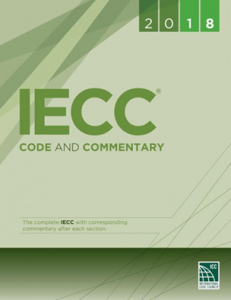
Each state has its own process for IECC code review and amendment — some review and hold hearings every three years, with each iteration of the guidelines, while some states entertain changes to the codes twice a year. Smith says the first step in making these changes is to understand the timeline in each state, and then to determine where an amendment would fit in the particular state’s code. Next, it’s important to name the proposed amendment appropriately, using a title like “light pollution controls” to emulate the language already used in the code.
One of Smith’s strategies for building support for these dark sky building code amendments is to secure letters of support from influential organizations like the Connecticut State Medical Society and the American Astronomical Society. He is currently using these letters of support to advocate for amendments in New York and Connecticut that would apply to commercial buildings and limit output of LED fixtures to 3000 K while also requiring them to be fully shielded. He will be attending hearings in both states this September to support these proposed building code amendments to the IECC.
Smith hopes to work with other chapters leaders to establish code amendments in six to eight states, then approach the ICC about instituting the change on a national level. By leveraging the support of legislators and influential organizations to establish amendments in several states, he hopes to build a groundswell in order to convince the ICC to make this change in the 2024 version of the guidelines.
Smith stresses that it’s important to get accurate information to change makers, and to educate them about the fact that there would be no costs to implement these changes. “There is no price differential between a fixture that is shielded versus one that is not,” he says. This is particularly important because the code review process for amendments in many states requires an analysis of the cost of any proposed change. Because this change does not create a financial burden for anyone, there is really no downside, Smith says.
Smith will present about the process of amending state building codes at DarkSky’s Annual General Meeting and Conference in Tucson, Arizona this November. He will explain how to get started, help people understand the institutions and codes involved, and focus on the potential benefits of multiple states adopting these dark sky amendments. He says that the process is very similar in each state and it is easy to customize the language — and he’s willing to help write the amendments and strategize about influencers in each state. He just needs to find a few good dark sky advocates to help him change the codes in a handful of states, then together, they can use these amendments as evidence of support for dark sky protection on the national level.
Want to support Leo’s efforts? You can reach him at [email protected].

